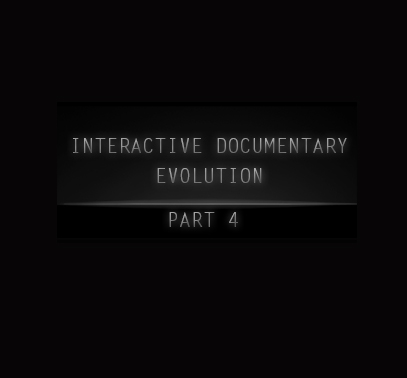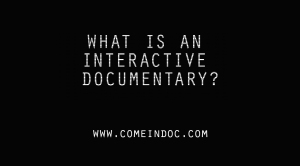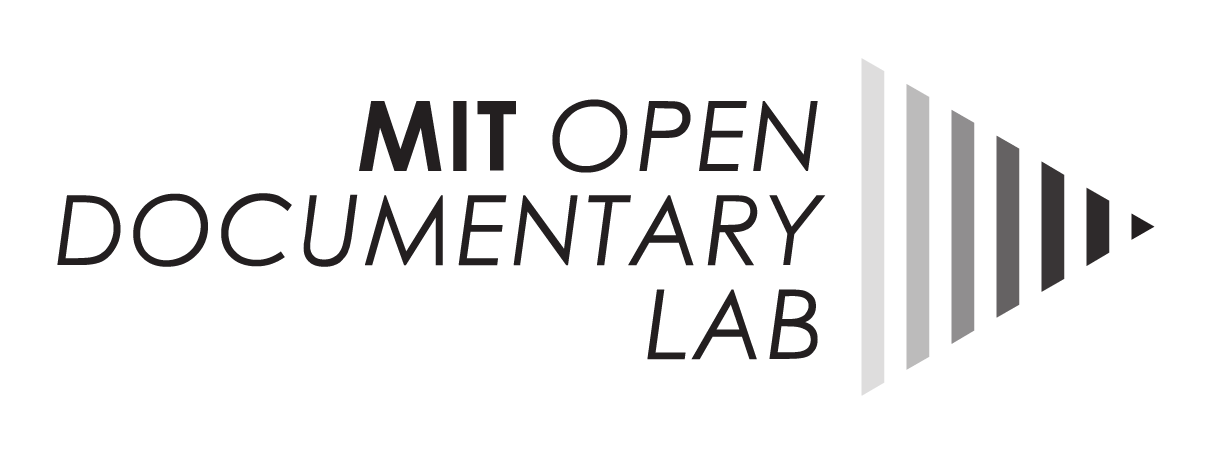
24 Mar COME/IN/DOC | Interactive Documentary Evolution [Part 4]

SEASON 1 – EPISODE 1 – PART 4: ‘INTERACTIVE DOCUMENTARY EVOLUTION’
Here you can access the fourth part of the first episode:
[vimeo]https://vimeo.com/160216643[/vimeo]
SELECTION OF KEY IDEAS (DIRECTOR’S CONTRIBUTION)
Kate Nash (University of Leeds): I would say it’s a natural evolution and new at the same time. Funding and audiences are two things that have to be taken into account. Can I sit on the fence?
Hugues Sweeney (National Film Board of Canada): In some ways it could be both: something else but also a total continuity…
Jacobo Sucari (Universitat de Barcelona): I do not think it is a natural evolution, but both of these two formulas exist simultaneously.
Caspar Sonnen (IDFA Doclab): That’s a very good question…linear documentary will always exist and linear cinema is interactive on the brain level and expectations. Interactive storytelling makes that explicit and actually gives the physical opportunity to navigate through a certain space. That’s the new thing…
William Uricchio (MIT Open Documentary Lab): Institutionally speaking it is an extension, but I think it comes from a different space: the space between the storyteller and someone who plays.
Sandra Gaudenzi (Interactive Factual): There’s a link between linear and interactive documentaries: a tradition, a way of documenting reality and context. The fundamental difference is that the user is active, and is able to construct the story thanks to interactivity
Guy Spriggs (Ramillas): I think it’s a natural evolution because when you create documentaries for the digital field you want to use the features and scope of those technologies.
Ersan Ocak (Bilkent University):This has to do with our times, our social needs, the political and cultural changes we are living. The society is demanding these changes of forms, is part of a natural progression.
Vassiliki Khonsari (iNK Stories): It is important to look at where we come from as storytellers, specially as visual storytellers. Our creation journey comes from the foundation of making linear documentaries, using photography…these are the building blocks through which we are framing this new non-linear approach.
Jon Dovey (University of the West of England): We must think about mutation: new forms mutated from hybridizations of existing forms. This is what’s happening with interactive documentary today.
Ferran Clavell (CCMA Interactiva): It’s a very natural evolution. There are evident links and the people who have produced traditional documentary over the years are also very interested in this new way of telling stories.
Florian Thalhofer (Korsakow): Our brain doesn’t work linearly. Nonlinear interaction has been used in the past, for example around the campfire. This is the natural way we think. Now we have an extraordinary opportunity to narrate differently with the help of computers. Will we be able to take advantage of this?
You can access the questions that originated the four seasons and episodes in this document.
Add your contribution here: http://comeindoc.com/contribute/
Website: http://comeindoc.com

Dr. Arnau Gifreu
COME/IN/DOC Director
Research affiliate
agifreu@mit.edu



